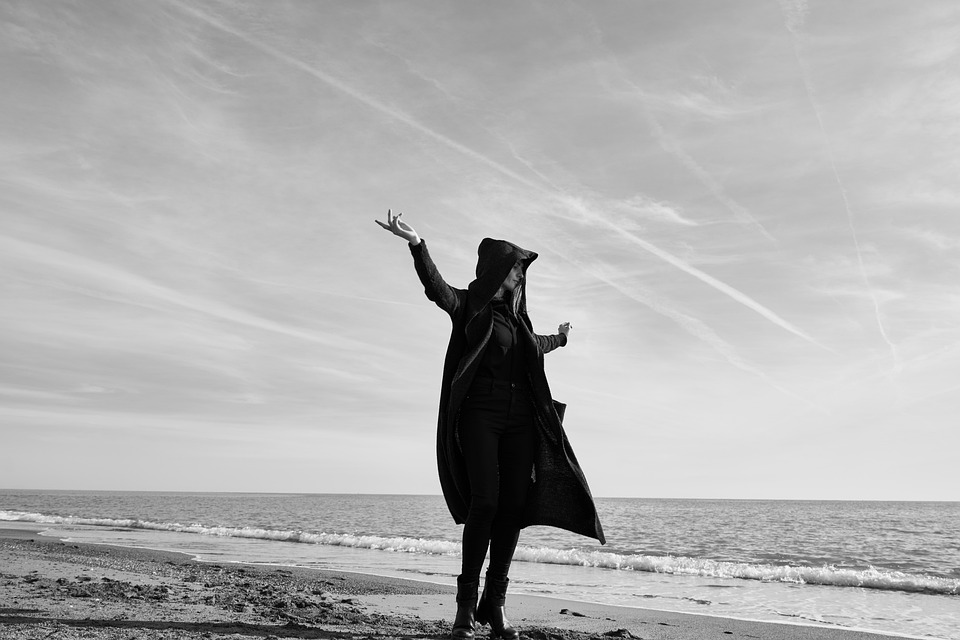The Evolution of Dance: Trends and Innovations Defining the Future of Movement
Introduction:
Dance is often seen as a universal language, transcending barriers of culture, language, and nationality. It has evolved significantly over the centuries, reflecting the changing social, cultural, and technological landscapes of different eras. From ancient rituals to contemporary street styles, dance has been a powerful medium of expression, communication, and entertainment. In this article, we will explore the trends and innovations that have shaped the evolution of dance and discuss the potential future directions that movement may take.
1) The Ancient Origins:
Dance finds its roots in the ancient civilizations of Egypt, India, and Mesopotamia. It served as a ritualistic means to connect with the divine, celebrate harvests, and mark important life events. These early forms of dance were often characterized by rhythmic movements, repetitive patterns, and highly stylized postures. Dance was a way to communicate stories, legends, and myths, acting as a cultural vehicle in these societies.
2) Renaissance and Ballet:
During the Renaissance period, dance shifted towards a more formalized and structured style. Ballet emerged as a prominent dance form, showcasing graceful movements, precise footwork, and technical expertise. Pioneers like Catherine de Medici and King Louis XIV in France played crucial roles in popularizing and refining ballet, which became an integral part of courtly entertainment.
3) Folk Dances and Cultural Influences:
As dance began to move beyond the confines of royal courts, folk dances started to gain prominence. These dances were deeply rooted in local traditions, representing the spirit and identity of various communities. From the lively Irish step-dances to the vibrant flamenco from Spain, folk dances reflected the diversity and cultural richness of different regions.
4) Modernism and Contemporary Dance:
The early 20th century witnessed a significant shift in dance with the emergence of modernism and the rejection of traditional forms. Pioneers like Isadora Duncan and Martha Graham paved the way for a more expressive approach, focusing on natural movements and deep emotions. Contemporary dance, as a genre, challenged the established norms and incorporated elements from different styles and techniques to create innovative and boundary-pushing choreography.
5) Global Fusion and Cultural Exchange:
With increased globalization and accessibility to different cultures, dance has become a melting pot of influences from around the world. Choreographers and dancers are continually integrating elements from diverse dance forms, creating fusion styles that blend traditional and contemporary movements. This cultural exchange has enriched dance, expanding its vocabulary and pushing the boundaries of creativity.
6) Street Dance and Urban Movement:
The emergence of hip-hop culture in the 1970s gave birth to a revolutionary dance form – street dance. Originating in African American and Latinx communities, this style brought dance to the streets, challenging established norms and empowering marginalized voices. With its improvisational nature, flashy moves, and emphasis on self-expression, street dance has been influential in shaping popular culture and inspiring new generations of dancers.
7) Technology and Dance:
Advancements in technology have opened up innovative possibilities in dance. Motion-capture technology, augmented reality, and interactive projections have allowed dancers to merge the physical and digital realms, creating mesmerizing visual experiences. With the integration of technology, dancers can collaborate with programmers, visual artists, and musicians to explore new forms of movement that were previously unthinkable.
8) Environmental Consciousness:
In recent years, an increasing number of choreographers and dance companies have embraced environmental consciousness in their work. This has led to the emergence of eco-dance, a discipline that explores the relationship between humans and their environment through movement. By using dance to raise awareness about environmental issues, these artists aim to inspire action and foster a deeper connection between people and nature.
9) Inclusion and Diversity:
One of the most significant trends in contemporary dance is the emphasis on inclusivity and diversity. Dancers, choreographers, and companies are actively striving for a more representative and inclusive dance community. Through their work, they are breaking down stereotypes, challenging gender norms, and giving a platform to underrepresented voices. This movement towards inclusivity has ushered in a new era of dance that celebrates the richness and diversity of the human experience.
10) Future Directions:
As we look to the future, the evolution of dance seems limitless. With technology, cultural exchange, and societal transformations, we can expect dance to continue pushing boundaries. Perhaps we will witness a further integration of technology in dance, where virtual reality and artificial intelligence play pivotal roles. The incorporation of more interactive elements and interdisciplinary collaborations may also be on the horizon, as dancers explore new ways to engage and captivate audiences. Moreover, we can anticipate even greater inclusivity, with various dance forms and traditions merging to create hybrid styles that celebrate the unique cultural tapestry of our world.
Conclusion:
The evolution of dance has been a journey of innovation, diversity, and self-expression. From its ancient origins to the present day, dance has continuously adapted and transformed, mirroring the evolution of societies and embracing new influences. The future of movement holds exciting possibilities as dance continues to break through boundaries, embrace emerging technologies, foster inclusivity, and challenge perceptions of what is possible. Ultimately, dance will always be a testament to the power of the human body and our innate desire to communicate and connect through movement.

